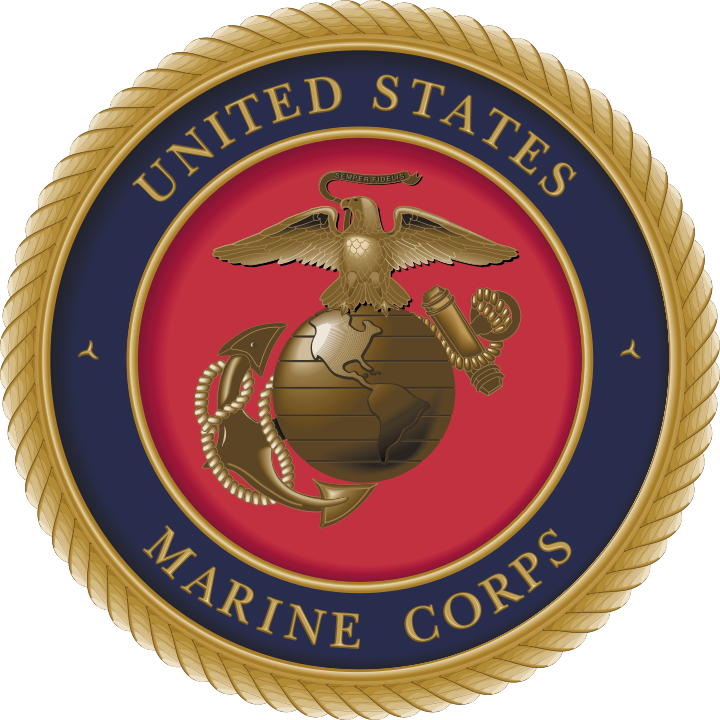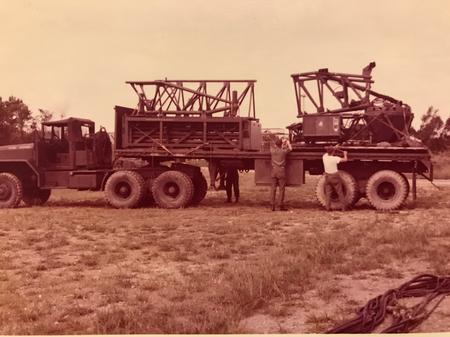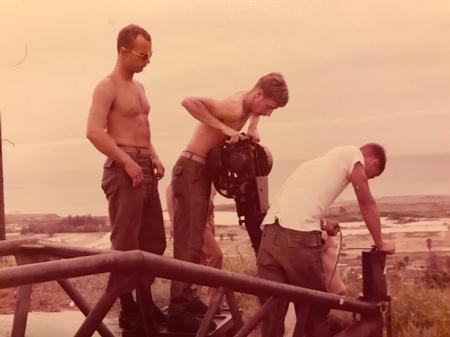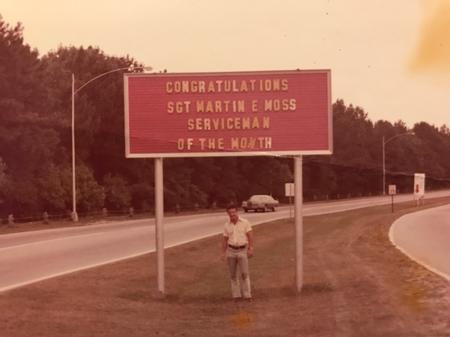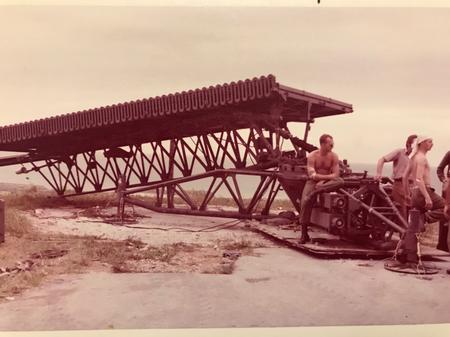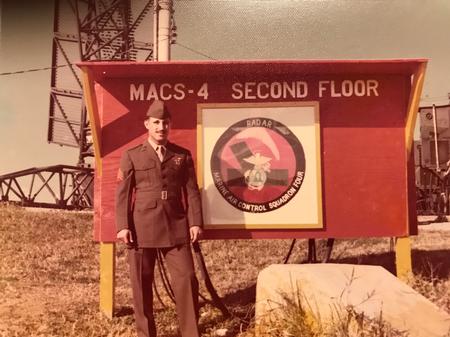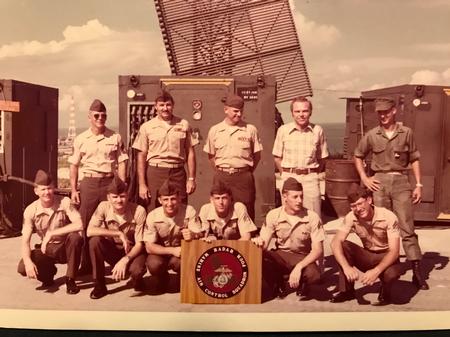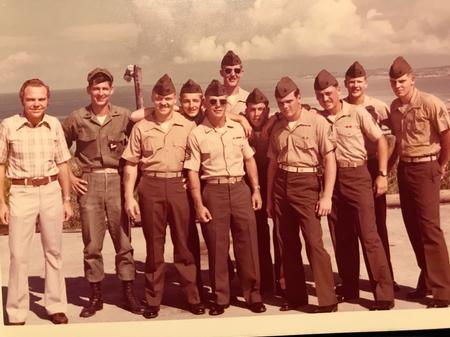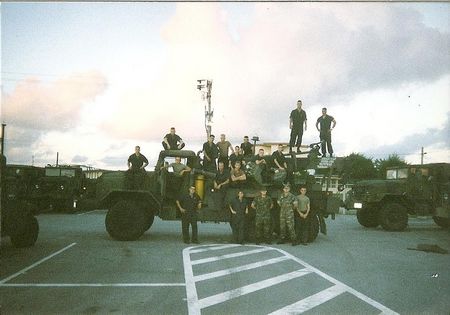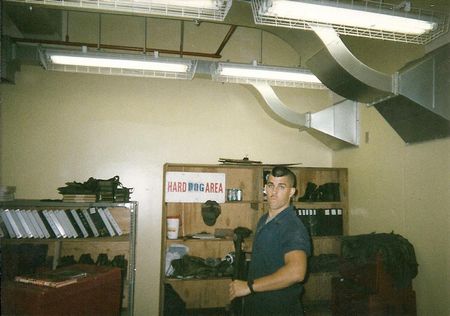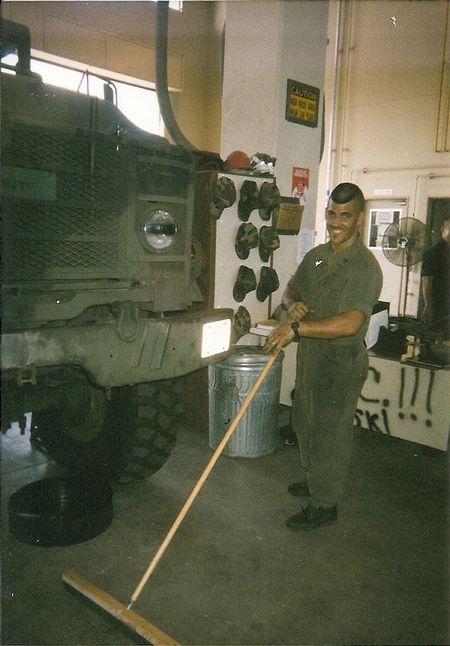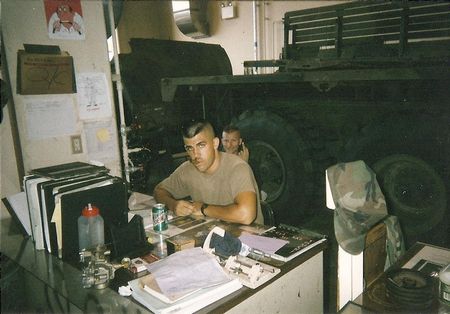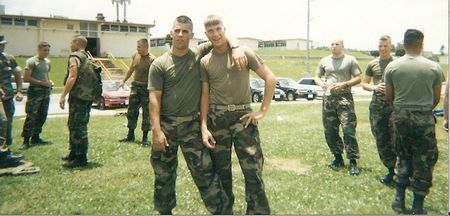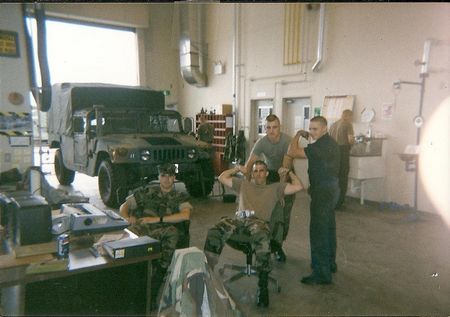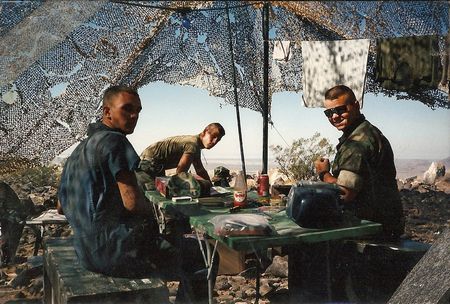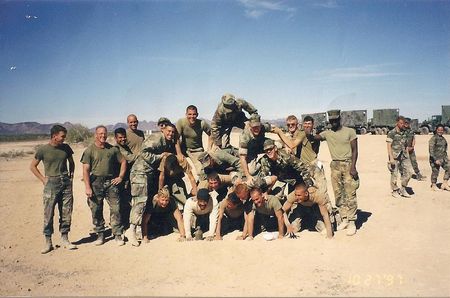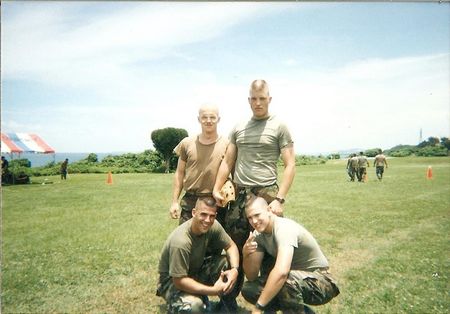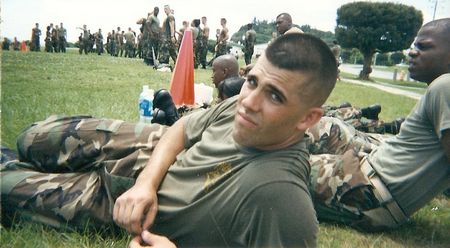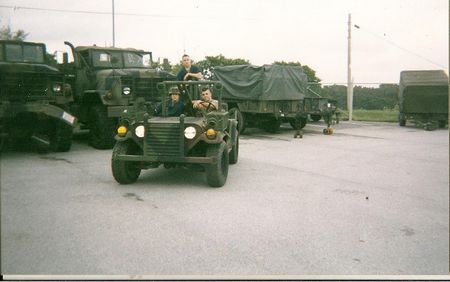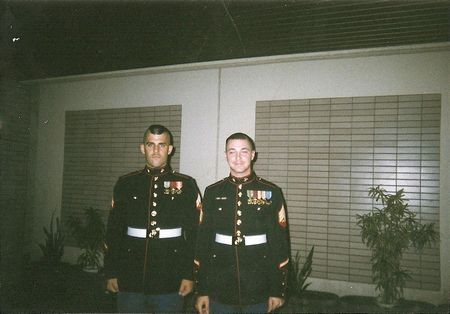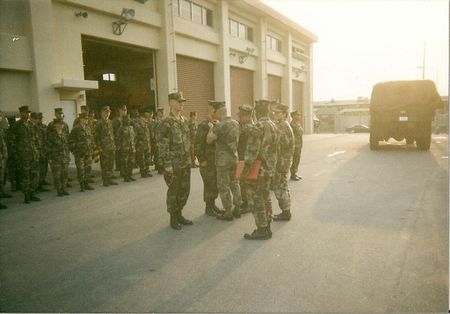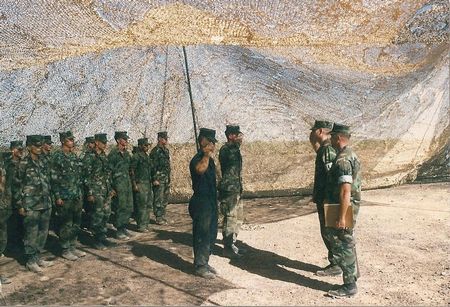ABOUT MACS-7
- Origins in World War II: Marine Air Control Squadron 7 (MACS-7) traces its lineage back to World War II, originally commissioned as Air Warning Squadron 7 (AWS-7) in 1944. Its early mission focused on providing aerial surveillance and early warning during the Pacific campaign.
- Iwo Jima Operations: AWS-7 played a vital role during the Battle of Iwo Jima, providing radar coverage and air control, which helped safeguard US Marines from enemy air attacks and coordinate friendly aircraft.
- Postwar Redesignation: After World War II, AWS-7 was redesignated several times before becoming MACS-7, reflecting the evolving technology and expanded mission sets in air command and control.
- Korean War Support: MACS-7 was mobilized during the Korean War, providing critical ground-controlled interception (GCI) and air surveillance in support of United Nations forces.
- Vietnam War Deployment: The squadron was deployed to Vietnam, where it was instrumental in providing air control and radar coverage, particularly during the defense of Da Nang Air Base.
- Cold War Contributions: During the Cold War, MACS-7 helped develop and refine Marine Corps air command and control doctrine, preparing for potential large-scale conflicts in the nuclear age.
- Technological Advancements: MACS-7 has operated a variety of cutting-edge radar and communications systems over the decades, including the AN/TPS-59 and AN/TPS-63 radar systems, enhancing the Corps' air defense capabilities.
- Humanitarian Assistance: Beyond combat operations, MACS-7 has participated in disaster relief and humanitarian missions, providing communications and air traffic control support after natural disasters in the Pacific.
- Global Deployments: The squadron has been forward-deployed to numerous locations, including Okinawa, Japan, and participated in joint exercises with allied forces, strengthening interoperability and regional security.
- Modern Mission: Today, MACS-7 remains a key element of the USMC's aviation combat element, delivering expeditionary air command and control in support of Marine Air-Ground Task Force (MAGTF) operations worldwide.

